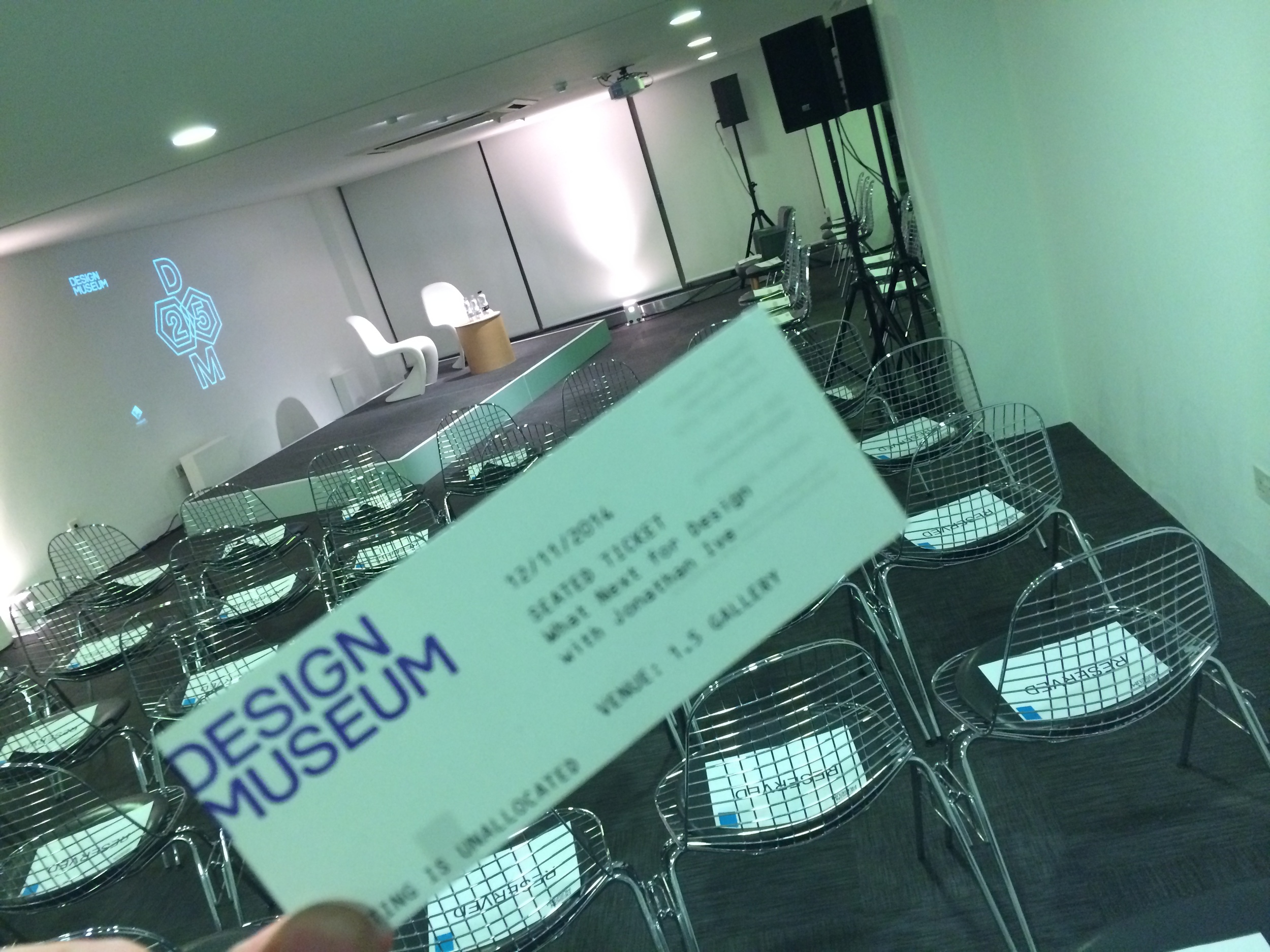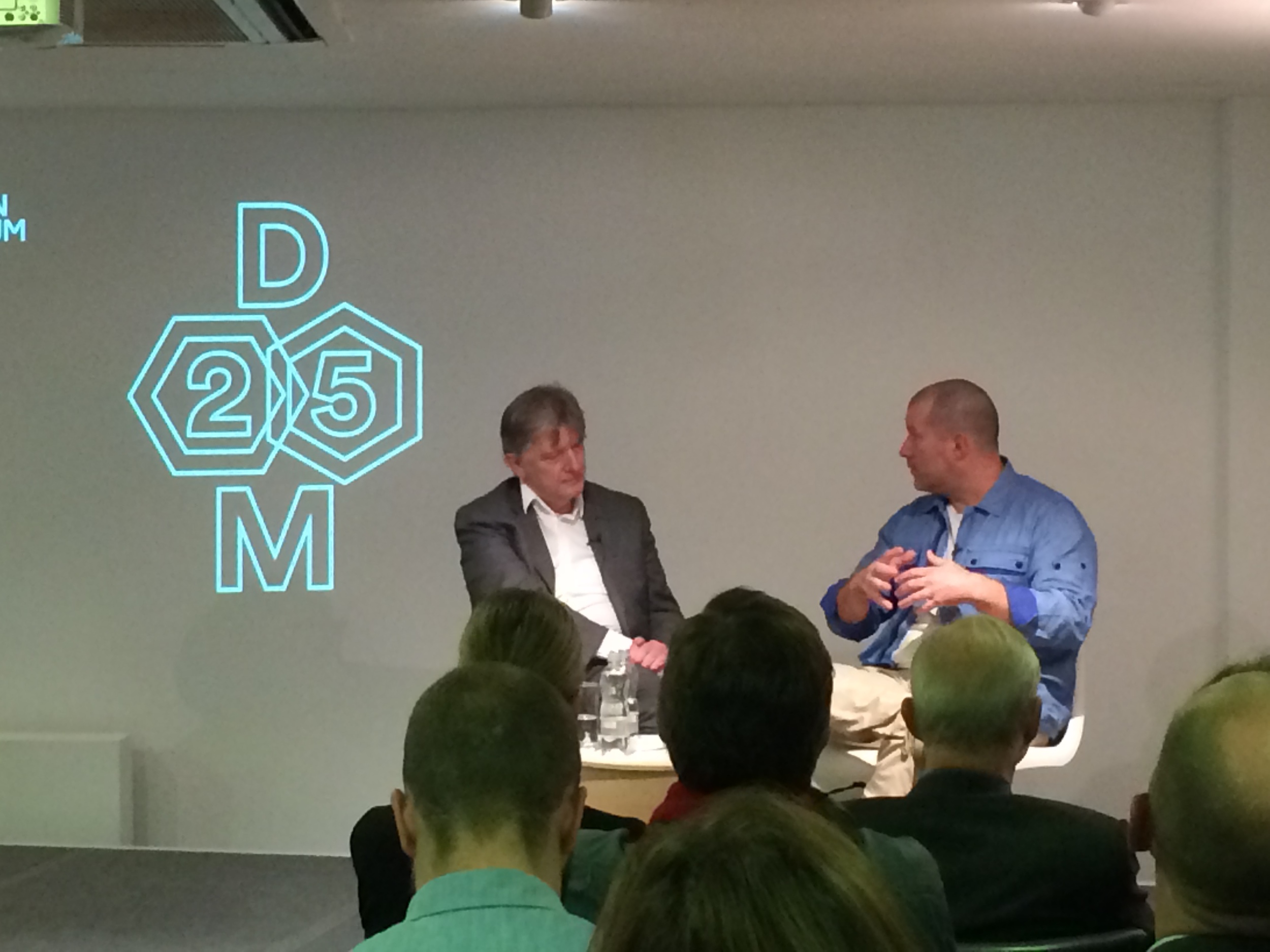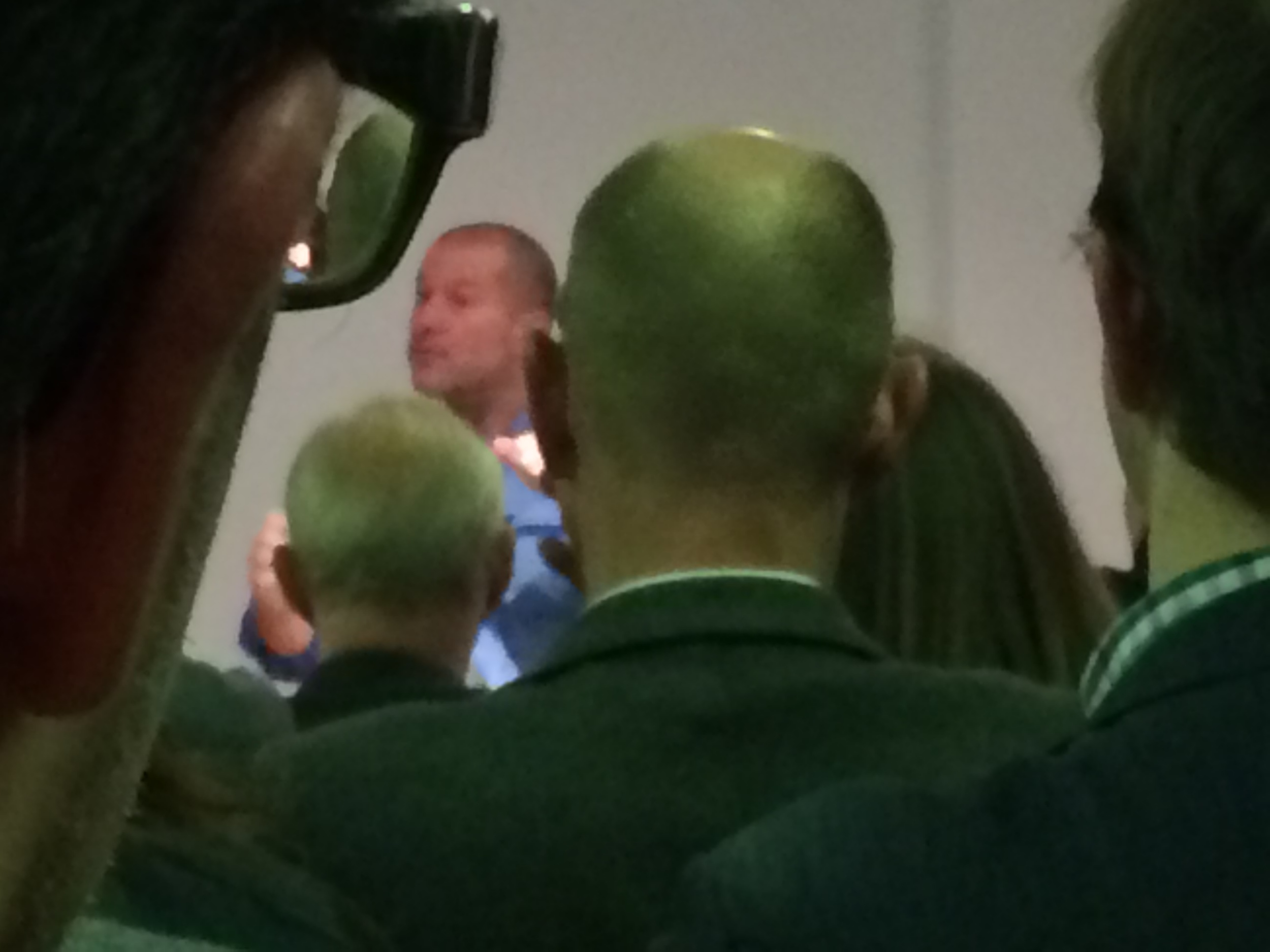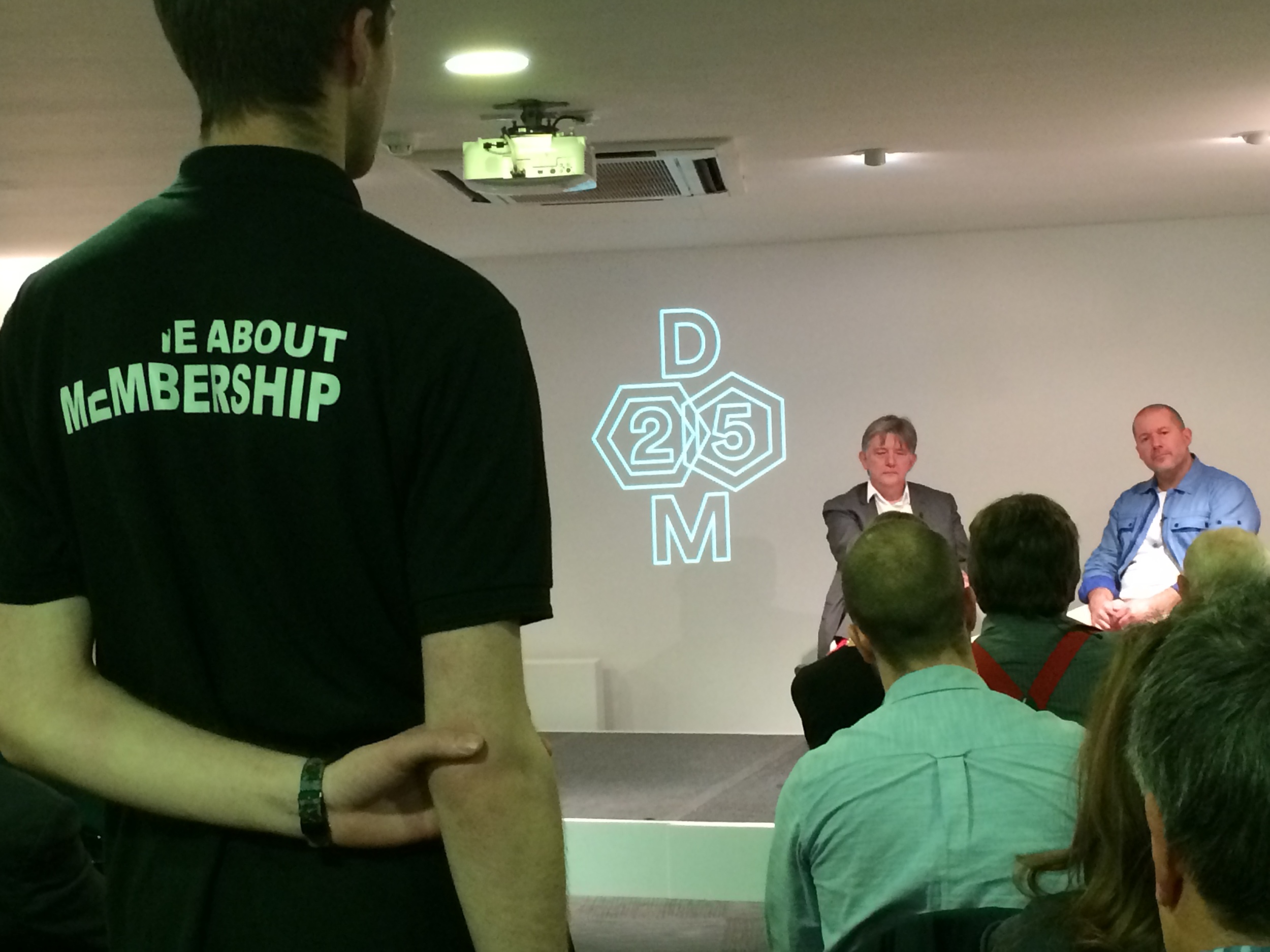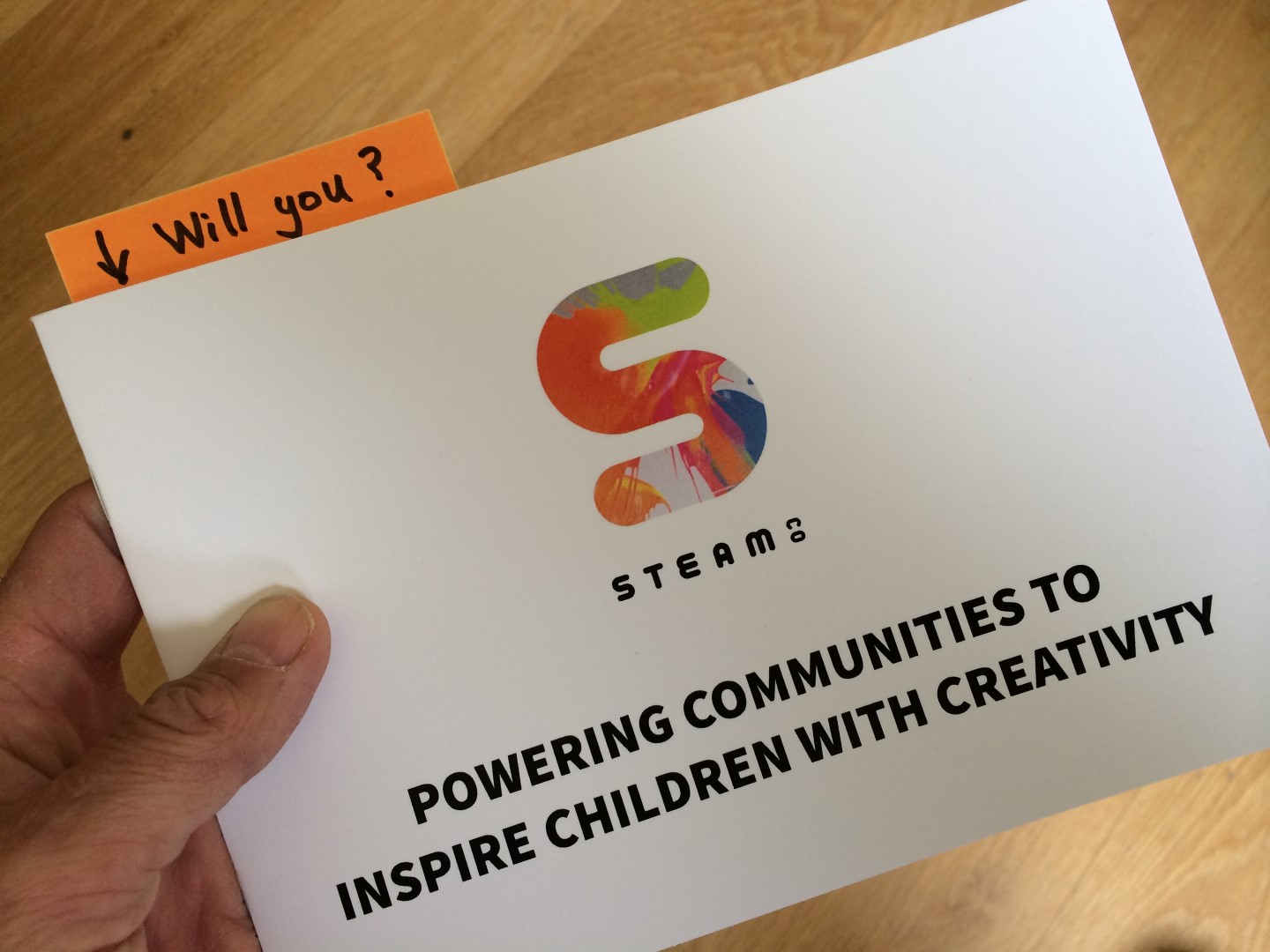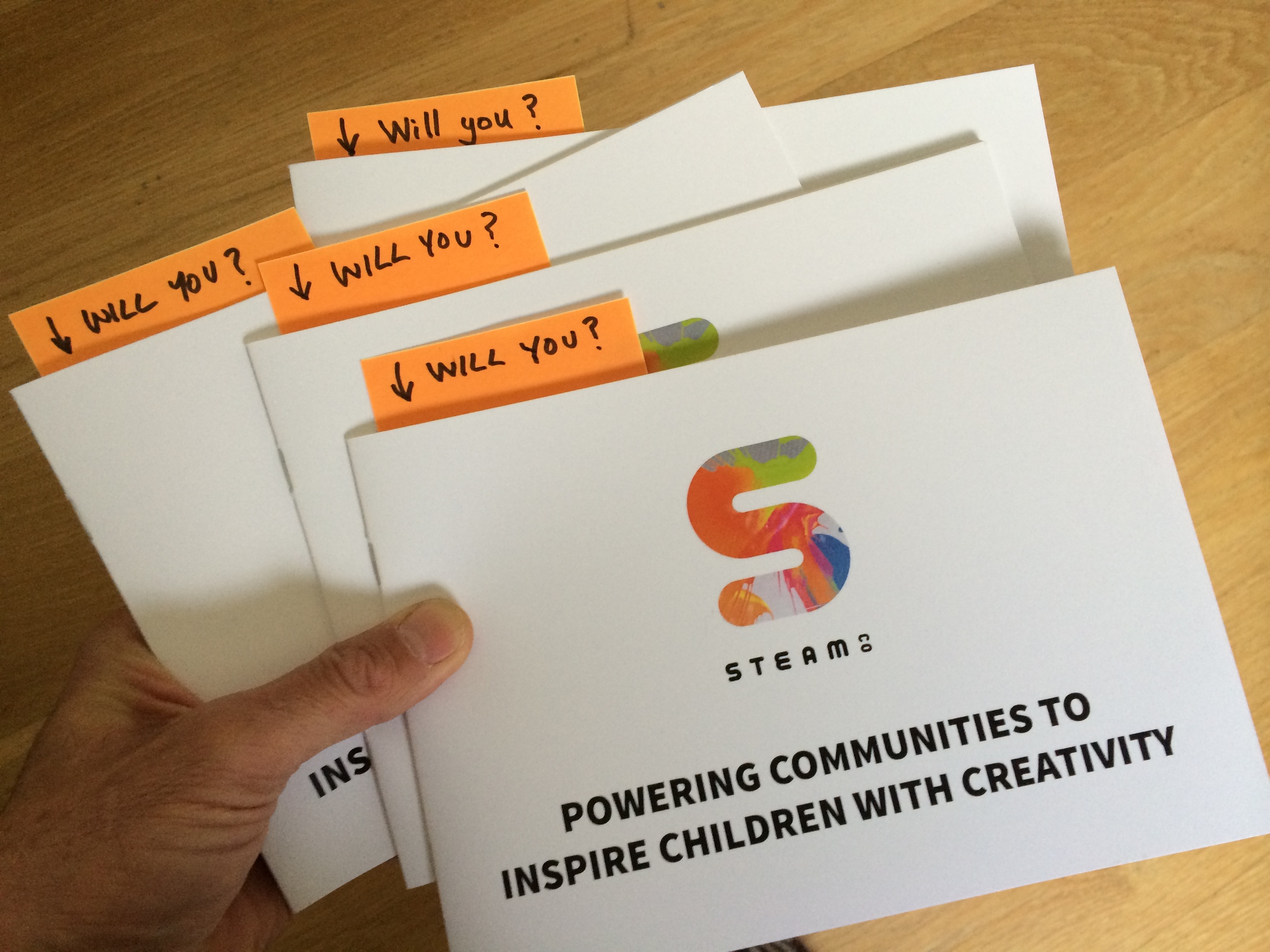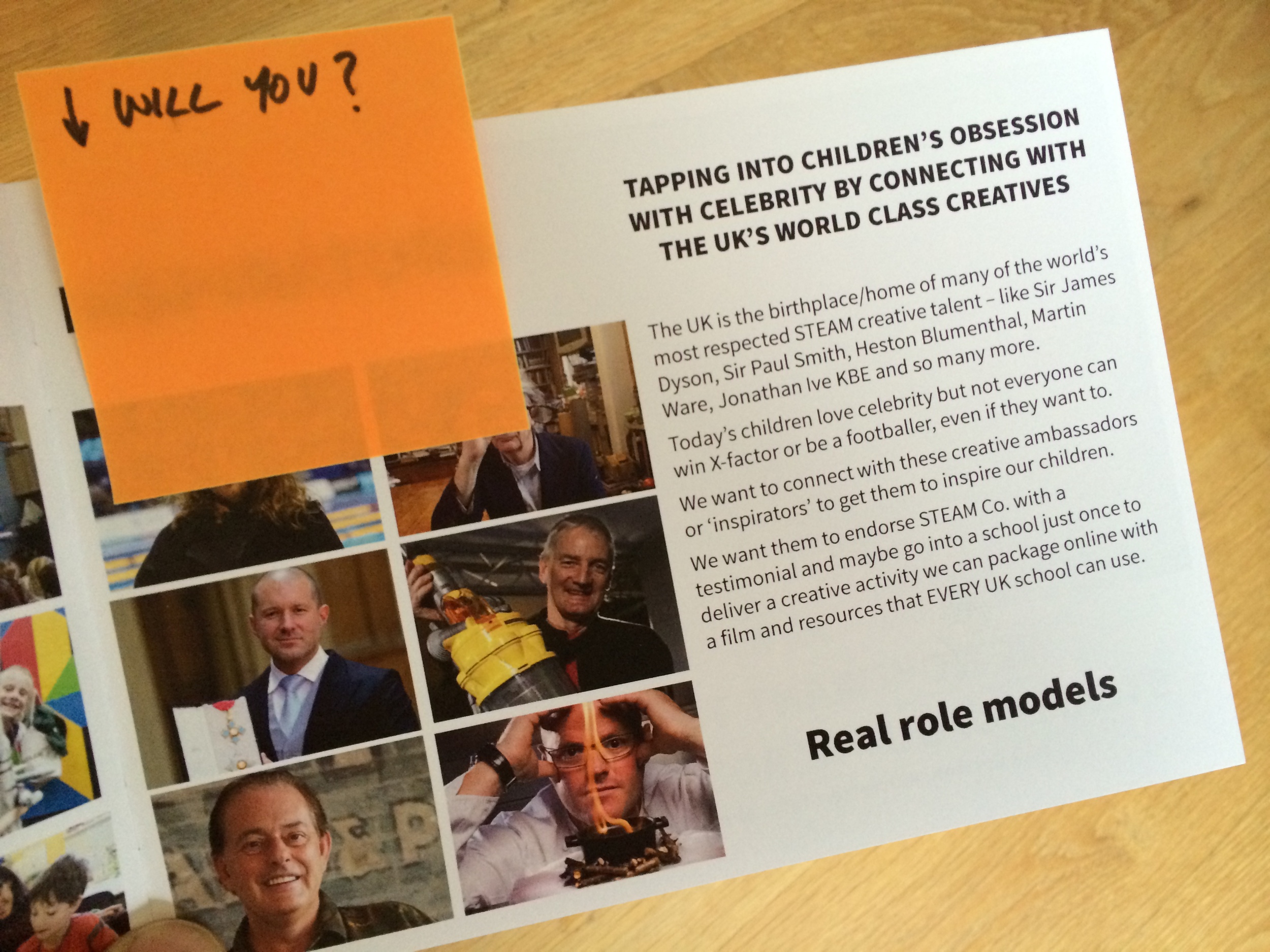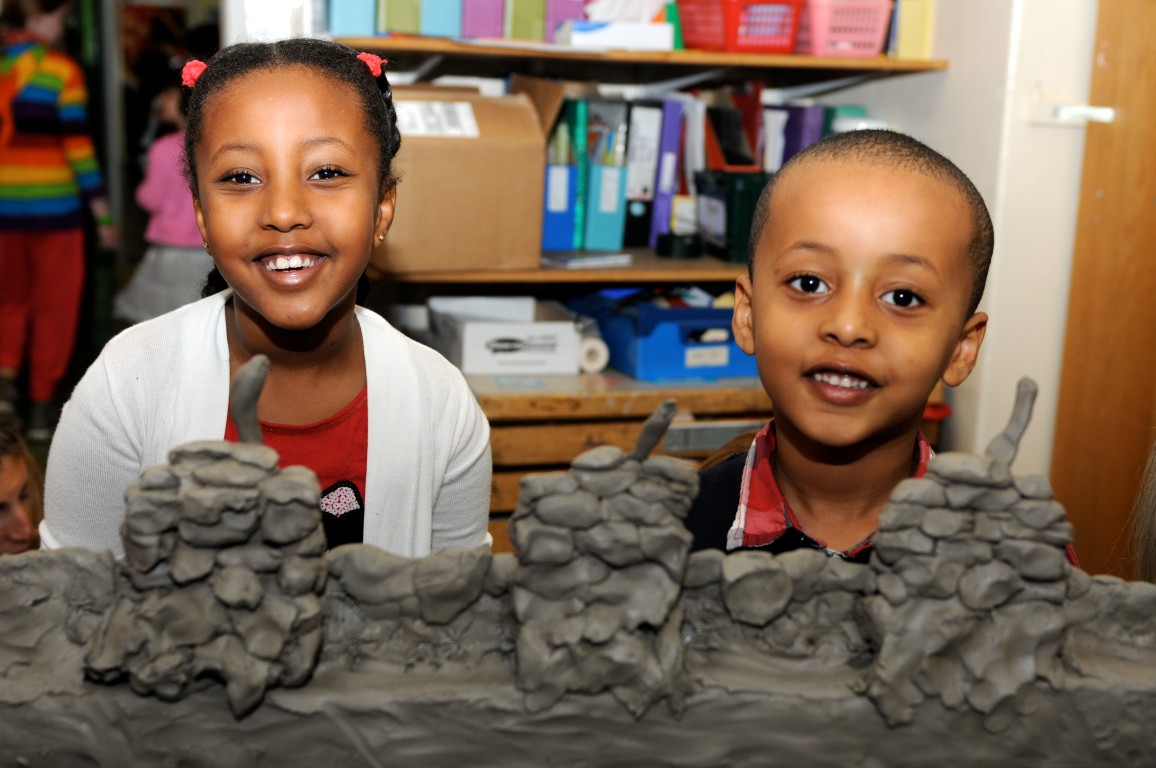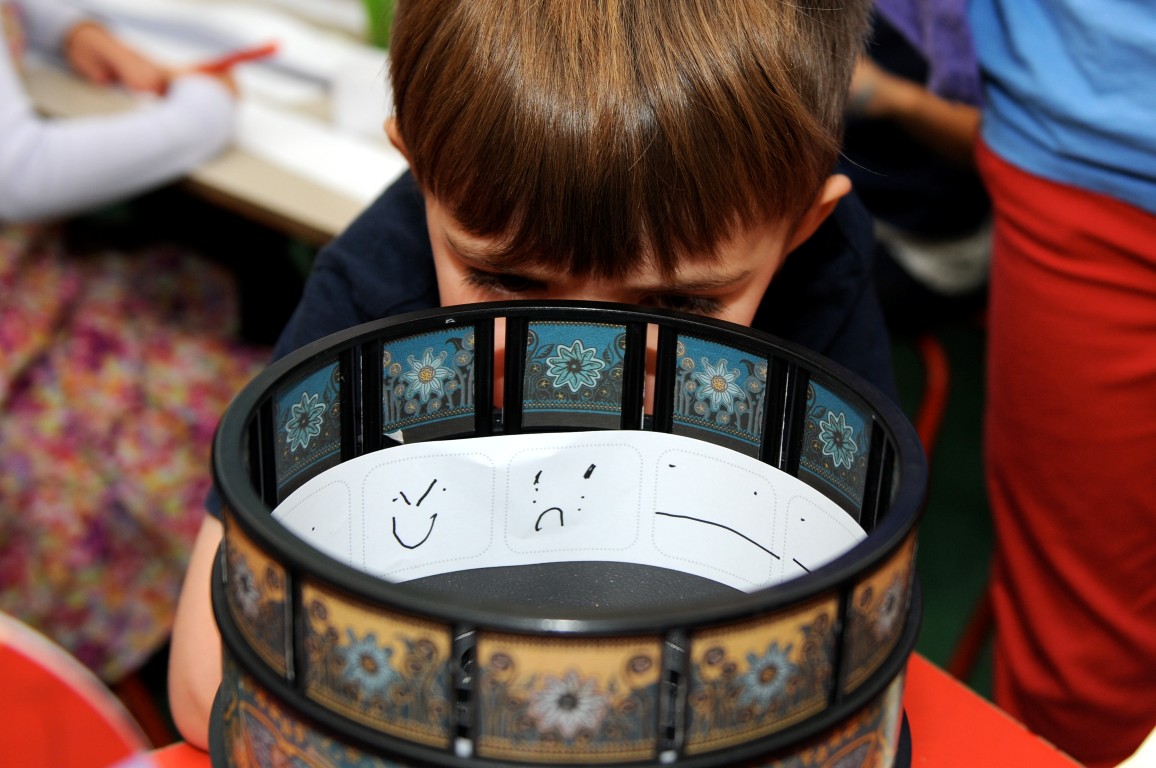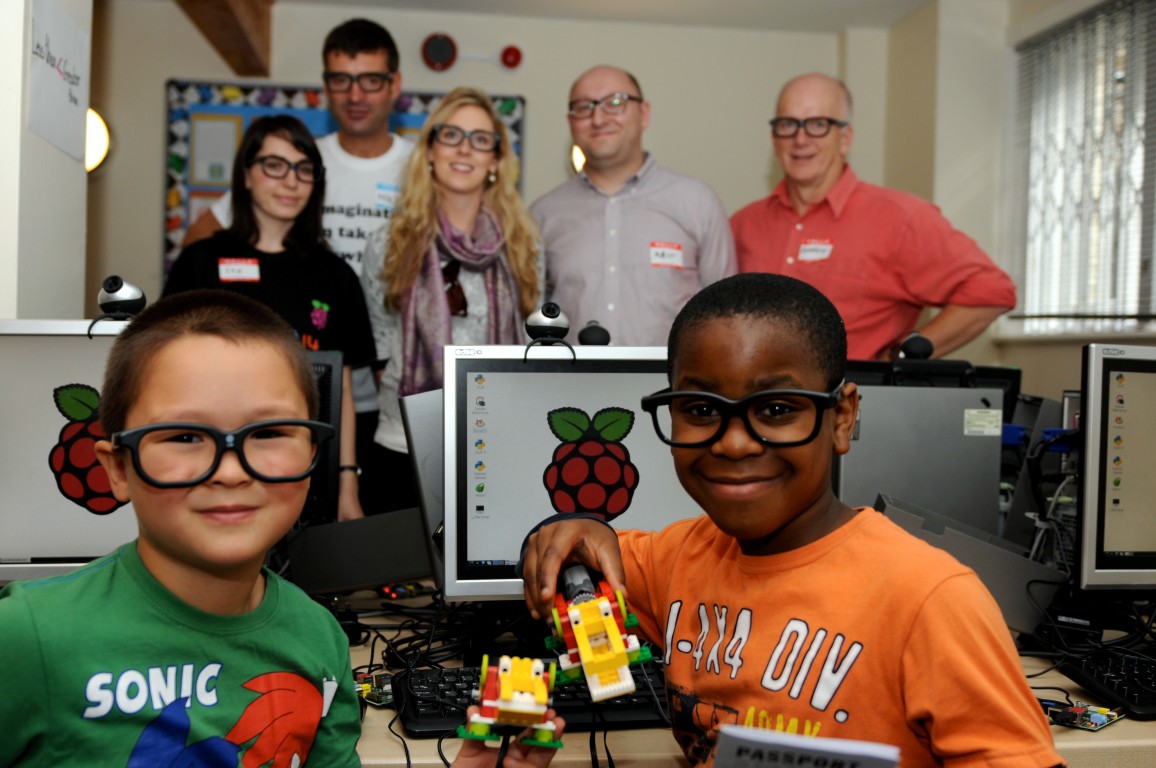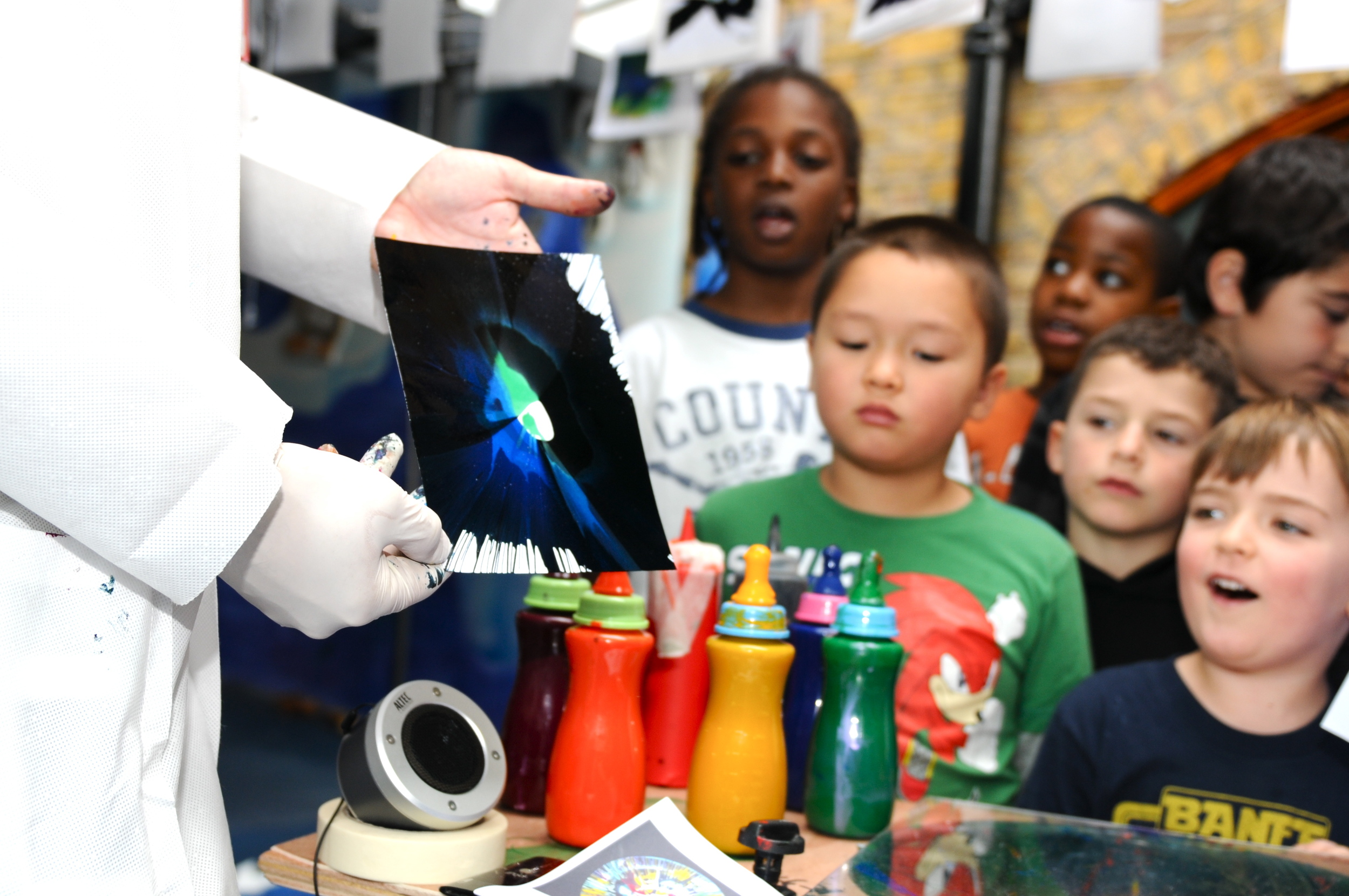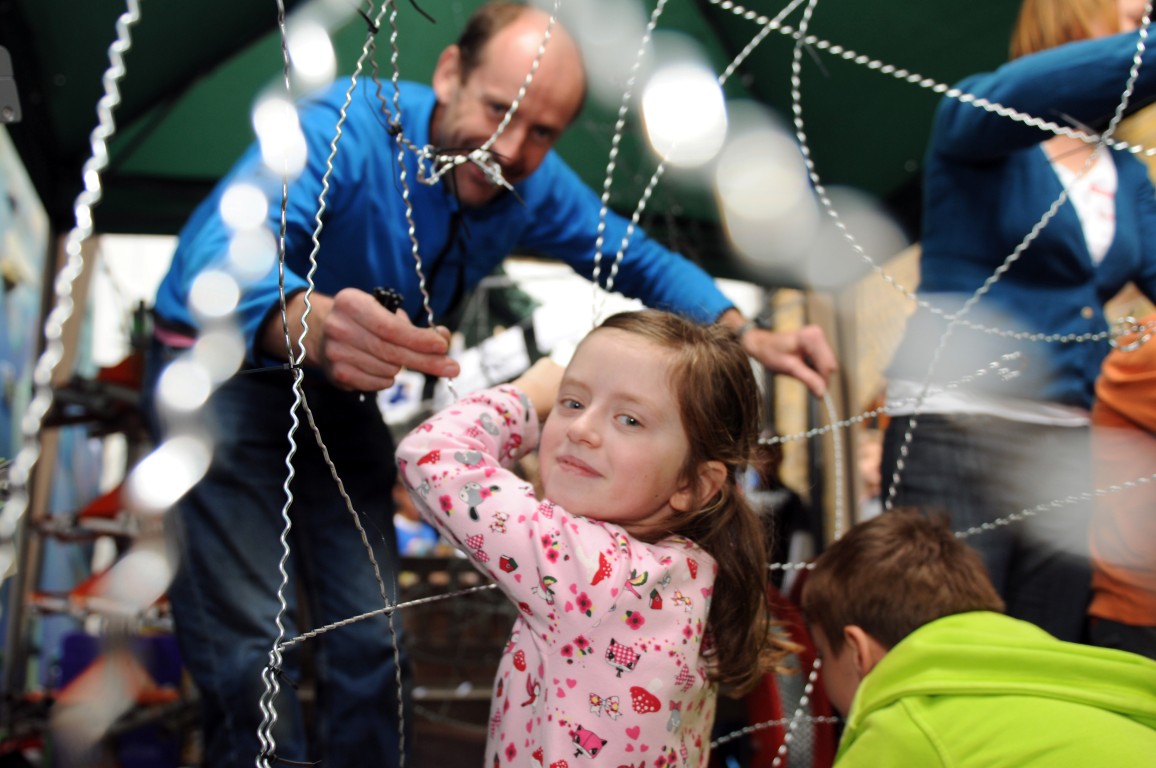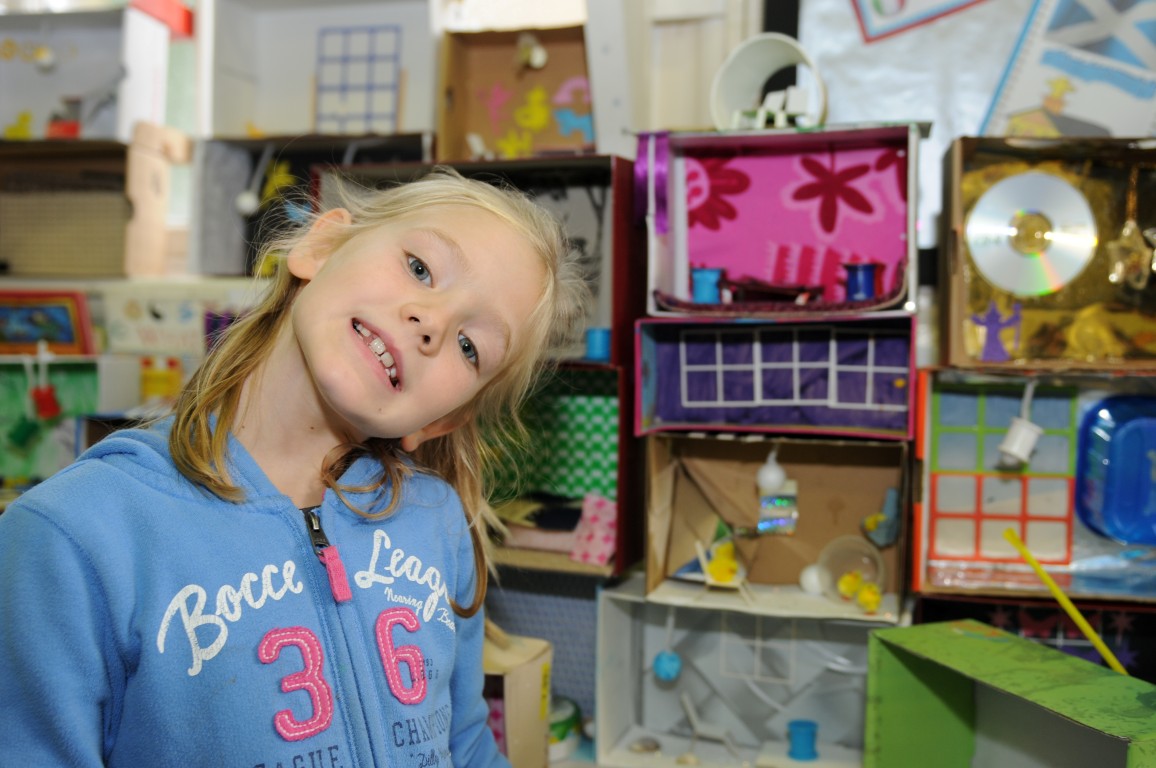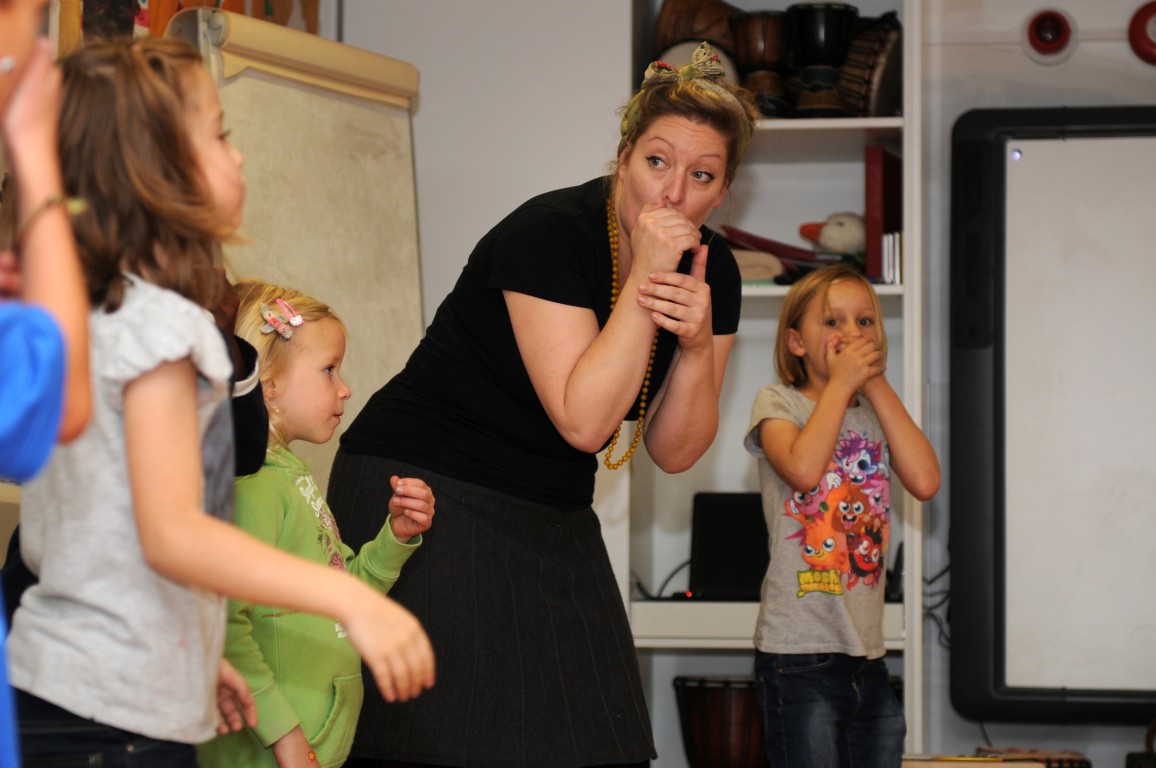Britain’s creativity crisis
Time to start spelling STEM with an ‘A’
What a week it’s been for Creative Britannia, if it’s still at all vaguely acceptable to use that phrase. If indeed it ever was.
Monday evening I presented STEAM Co. to the fellows of the Royal Society of Arts who are keen to support our roll out. I was introduced to David Bernstein who had been Creative Director at the global advertising agency McCann Eriksson back in the day and heard how he’d created two TV commercials that aired on the first night of commercial TV in the UK.
He said that back then one had to put the word ‘creativity’ in quotes, it being so unusual and unaccepted in general conversation beyond his circe of 'Mad Men'.
Have we come very far since then, or is it all going full circle like any good fashion? Indeed Joe Hallgarten, Director of Education at the RSA said in a recent article “creativity in education is in danger of becoming a toxic brand”.
It’s been a week of mixed messages on that subject here in the UK and a noticeable lack of joined up thinking, while the elephant sits quietly in the corner of the room.
The arts hold young people back
On Monday, the Education Secretary, Nicky Morgan, launched “Your Life”, a new government/industry-led initiative to get secondary school children to think carefully about their subject choices to ensure they keep one eye on their job prospects. Check the fantastic film here.
Essentially it was another campaign to promote the STEM subjects of Science, Technology, Engineering and Maths and as one of the UK’s 27,000 (and counting) STEM Ambassadors, I’m all for that.
A headline in The Telegraph newspaper on the back of this screamed out, quoting Nicky Morgan as saying that pupils are 'held back' by overemphasis on arts, citing the fact that applications for students studying arts, design and (heaven forbid) business are up 80% between 2002 and 2012. Nicky Morgan was then quoted stressing the importance of “keeping young people’s options open and unlock the door to all sorts of careers”.
For what it it's worth, I absolutely agree with her that we need rounded individuals and to keep options open but don't feel a sole focus on STEM subjects at the expense of the arts and creativity are the way to do this. And certainly not within an education system that's in danger of denial by looking through the rear view mirror at where we've come from and not where we're going, as there's a very different world coming down the road at us at 100mph.
And that's why STEAM is so important. STEM is established as an acronym, but can be a bit stuffy and silo'd. When you add an A for the ARTS it really comes to life for children and, being more than just arts and crafts, helps cultivate a broad creative approach.
INCLUDE DESIGN
Back in 2012, Nicky Morgan's predeccessor, Michael Gove shook the creative industries to the core when he announced the English Baccalaureate, or EBacc. It was hoped the EBacc would replace GCSEs requiring pupils achieve at least a C grade pass in English, maths, the sciences, history or geography and a language. As creative subjects weren't included, the arts were felt to be devalued and schools stopped offering them. A vociferous campaing featuring the UK's globally reknowned creative talent like Stella McCartney, Jonathan Ive and Sir Terence Conran were added to the fire and Mr Gove backed down.
See this piece in Digital Arts magazine about the #includedesign campign and possible need to resurrect it in 2015)
Too expensive to teach students to make real things
On Tuesday the Crafts Council launched ‘Our Future is in the Making: An Education Manifesto’ at an event hosted at the Houses of Parliament by Shadow Education Secretary, Tristram Hunt, in response to falling levels of participation in craft-related subjects at GCSE and in higher education.
This at a time when Bucks New University announced that it would be closing the UK's leading furniture design course, and that Falmouth University in Cornwall has already shut down its "costly" and "space-intensive" Contemporary Crafts degree (show your support to save it by clicking here)
Enter a knight in aluminium armour
By some fluke, Wednesday evening found me at the last minute, sitting among the great and good of British creativity at the Design Museum to hear a talk with Sir Jonathan Ive KBE, arguable the world’s most successful designer and whose work is singled out as one of the most significant contributing factors to the financial success of the world’s richest company, Apple Computer. No duff subject choices at school for Jonny.
And it was no surprise to hear him say that "So many of the designers that we interview don't know how to make stuff, because workshops in design schools are expensive and computers are cheaper," said Ive.
He cited the wise words of the almighty Sir Terence Conran, who was sitting on the front row in HIS design museum, saying “you have to know how to make something to be able to design it”.
I asked ‘Jonny’ what his thoughts were on the thinking of the likes of Sir Ken Robinson, an ex UK headmaster who also escaped these shores for the Cally sun and who has said in a TED talk watched by 28 million people, that “we have an education system that teaches creativity out of children” and Seth Godin who has said in his manifesto for education 'stop stealing dreams' that it exists to “teach them to sit still in factories and offices”, jobs that will soon cease to exist.
Jonny didn’t answer the question directly but did say that “the biggest contribution that designers can make” is to go into schools to help children make things, not just to get a mark but to be able to take something home, “how fantastic is that?”
He then added he would be spending the next two days up at Northumbria University, not to give presentations but to work WITH the students on their projects which is admirable.
(You can read a great write up of Jonny's talk here on Dezeen)
Got to get them in primary
So most of the above good work and worthy deeds focus on secondary and further education, but what do we do if children get to secondary and don’t want to follow Nicky Morgan’s advice and study STEM subjects or learn to make things, even if the facilities are there?
As Professor Robert Winston said at The Mayor of London’s Education Conference a year ago “you’ve got to get them in primary school”.
We have to inspire children around these subjects early on and capture their hearts.
According to a survey in The Telegraph recently, many British children no longer have any meaningful aspiration with more than a fifth saying they just want to be rich. But not every child can win a TV talent show or be a famous footballer.
As the leading educationalist, Professor Guy Claxton has said “We have to help children find out what they want to be good at and help them pursue that dream”. And that has to start in primary school.
It takes a whole village to raise a child
But primary school teachers don’t have the skills to cover such a broad range of subjects to the necessary degree. They are specialists in what matters, teaching children to learn to read, write and do sums – the infamous 3R’s.
In the way that communities in the ‘developing world’ share responsibility for bringing up children, we have to too. We have to take the country’s STEAM talent into primary schools to inspire children. That talent exists in every design agency, every building firm, architects office, car mechanics and dance studio.
And with regards worthy role models for our children, we should look to the UK’s world class creative talent and engage them to inspire children. We can use technology to make this as painless as possible for these creative celebrities – filming talks, packing up and delivering creative activities, virtually led by these creative ambassadors or ‘inspirators’.
I asked Jonathan Ive on Wednesday evening if he’d give half a day of his time back to UK school children, not to one or two classes but to the whole country in one go though the STEAM Co. Inspirator programme.
He said that "one of the wonderful things about school is the chance to sit down and design and make something... not for a mark but to have something to take home. That's a contribution designers can make"
We gave him one of our books and look forward to hearing if he will be an inspirator for us. (You can download a copy of the book here)
Good and bad news
The good news is that there isn’t really an elephant in the room. The bad news there are two.
In the red corner we have STEM and in the blue, the Arts. We have to start spelling STEM with an A, A for ARTS all the creative arts from music and movement to drawing and story telling. Creative thinking and doing, innovating, collaborating and problem solving.
We have to get the left side of the brain working with the right side of the brain again and get away from the polarised way of thinking that has crept in since it was acceptable, even fashionable to be both an artist and a scientist/engineer/technologist as indeed Mr Brunel and Leonardo were and Zaha Hadid and Heston Blumenthal are today. Look at the mastery with which Jony Ive has combined technology and engineering with design to build the world's richest company.
We need to come together as a community and start inspiring our children with creativity right across the STEAM skills before it’s too late.
That’s what we've done with STEAM Co – for four years we've powered communities to inspire children with creativity.
We now seek support from engaged parents and teachers, and the STEAM community, individuals, companies, inspirators, trade bodies and government to roll it out across the UK.
Will Jony help us?




